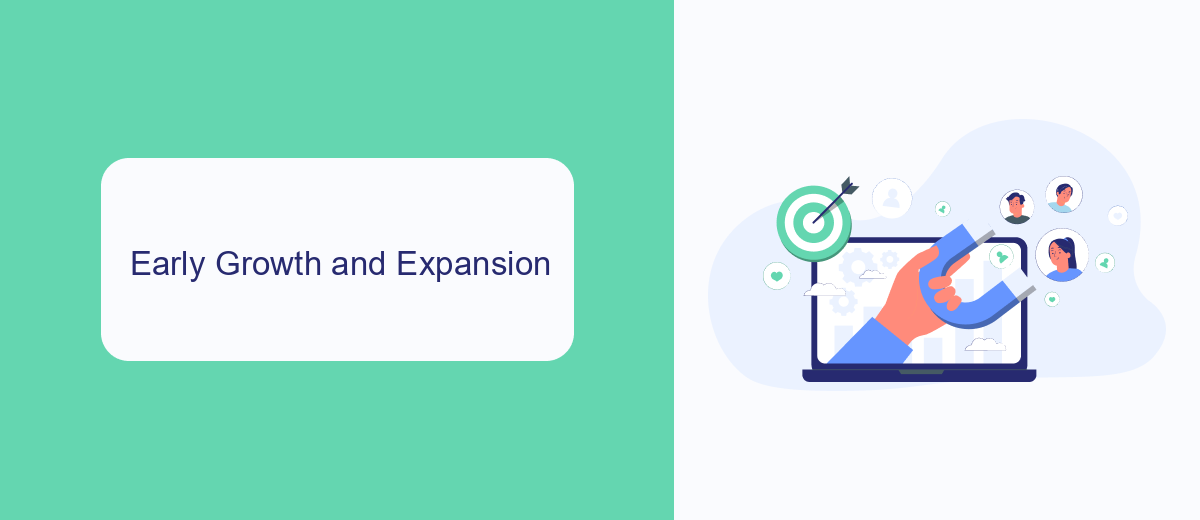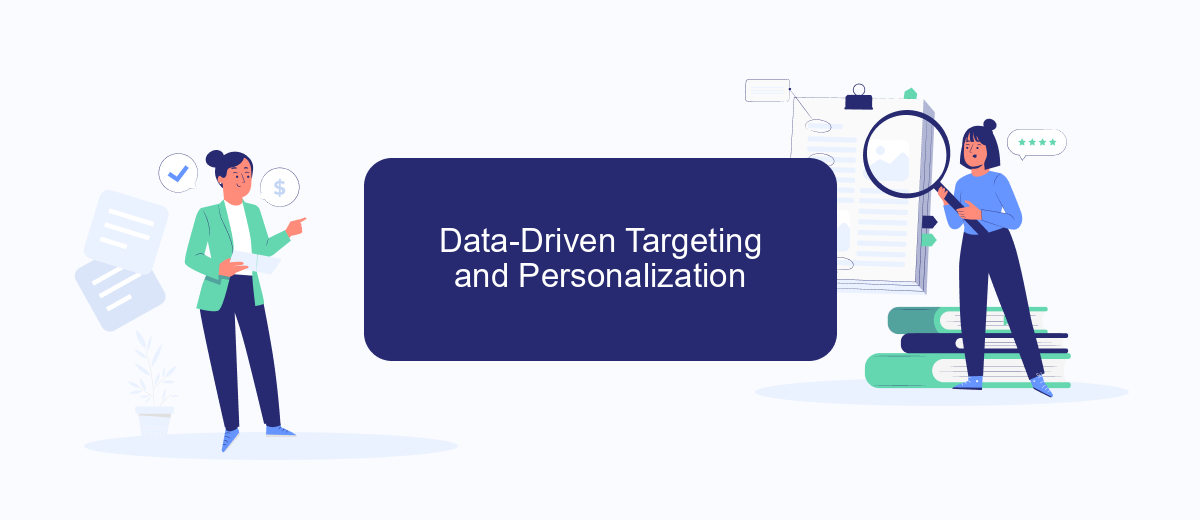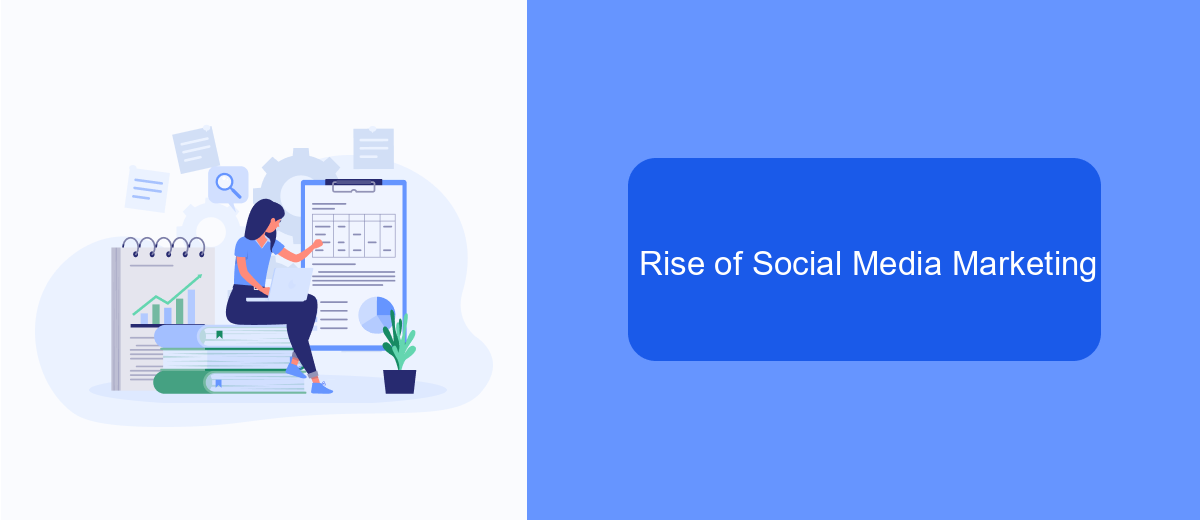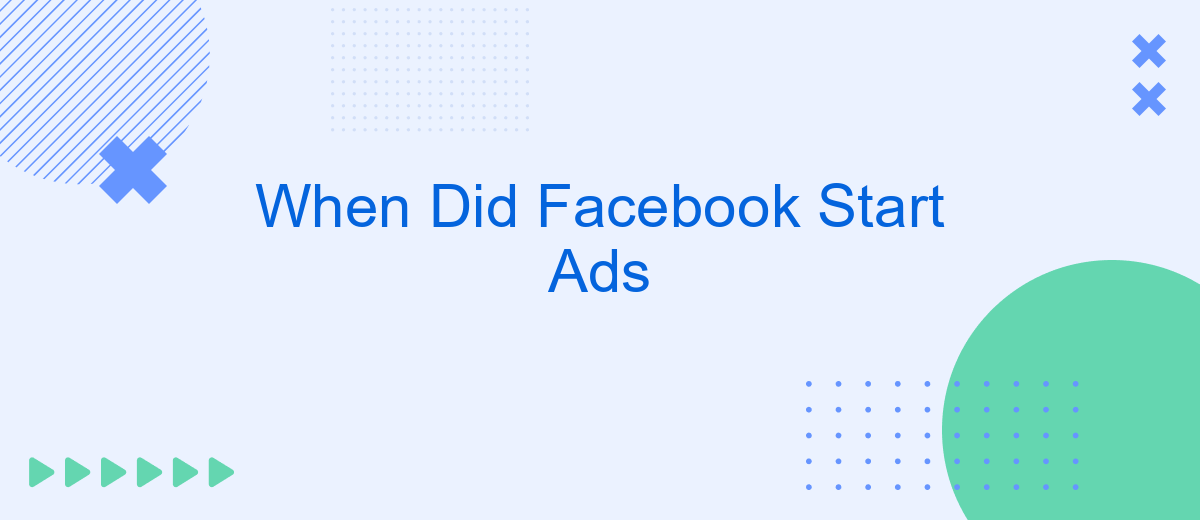Facebook, one of the most influential social media platforms, has evolved significantly since its inception. A pivotal moment in its journey was the introduction of advertisements, which transformed its business model and user experience. This article delves into the timeline of when Facebook began incorporating ads, exploring the impact and evolution of this crucial aspect of the platform.
Facebook Ads Debut
Facebook officially launched its advertising platform in November 2007. This marked a significant shift for the social media giant, allowing businesses to reach a targeted audience through a variety of ad formats. The introduction of Facebook Ads provided companies with new opportunities to engage with users and measure the effectiveness of their marketing campaigns.
- November 2007: Facebook Ads launch
- Ad formats: text, image, video
- Targeting options: age, location, interests
For businesses looking to streamline their ad campaigns, integrating with external services can be highly beneficial. One such service is SaveMyLeads, which automates the process of collecting leads from Facebook Ads and transferring them to various CRM systems. This integration helps businesses save time and ensures that no lead is missed, enhancing the overall efficiency of marketing efforts.
Early Growth and Expansion

Facebook's early growth and expansion were marked by rapid user adoption and strategic enhancements. Initially launched in 2004 as a social networking site for college students, Facebook quickly expanded its user base to include high school students, and eventually, anyone over the age of 13. This rapid growth was fueled by the platform's user-friendly interface and the increasing trend of social media usage. By 2006, Facebook had opened its doors to the general public, significantly increasing its user base and paving the way for future monetization opportunities.
As Facebook's user base grew, so did its need for advanced integration and automation tools to manage the influx of data and interactions. Services like SaveMyLeads became essential, offering seamless integration solutions that allowed businesses to connect Facebook with various CRM systems and marketing platforms. These integrations enabled businesses to automate lead generation and customer engagement processes, thereby enhancing their marketing efforts and contributing to Facebook's overall growth and expansion in the digital advertising space.
Data-Driven Targeting and Personalization

Data-driven targeting and personalization have revolutionized how businesses advertise on Facebook. By leveraging user data, advertisers can create highly targeted campaigns that reach specific demographics, interests, and behaviors. This level of precision ensures that ads are relevant to the audience, increasing the likelihood of engagement and conversion.
- Analyze User Data: Facebook collects vast amounts of data from its users, including their likes, shares, and interactions. This data is used to build detailed profiles that help advertisers target their ideal customers.
- Create Custom Audiences: Advertisers can upload their customer lists to Facebook, which then matches the data with user profiles. This allows for the creation of custom audiences that are more likely to be interested in the advertised products or services.
- Utilize Lookalike Audiences: Facebook's algorithms can identify users who share similar characteristics with an advertiser's existing customers. This helps in expanding the reach to potential new customers who are likely to be interested in the offerings.
Tools like SaveMyLeads simplify the process of integrating various data sources with Facebook Ads. By automating data transfer, SaveMyLeads ensures that advertisers have up-to-date information for their targeting and personalization efforts. This seamless integration allows businesses to focus on optimizing their ad strategies rather than managing data manually.
Rise of Social Media Marketing

The rise of social media marketing has revolutionized the way businesses engage with their audiences. As platforms like Facebook evolved, they provided unprecedented opportunities for brands to reach potential customers through targeted advertising. This shift marked a significant change in marketing strategies, moving from traditional methods to more interactive and data-driven approaches.
With the advent of Facebook Ads, companies could now tailor their messages to specific demographics, interests, and behaviors. This level of precision allowed for more effective campaigns and better return on investment. The ability to measure the performance of ads in real-time further enhanced the appeal of social media marketing.
- Targeted advertising based on user data
- Real-time performance tracking
- Cost-effective marketing solutions
- Enhanced customer engagement
- Integration with other digital marketing tools
One of the key aspects of successful social media marketing is seamless integration with other services. Tools like SaveMyLeads facilitate this process by allowing businesses to automate data transfer and streamline their marketing efforts. By leveraging such integrations, companies can optimize their campaigns and ensure they are reaching the right audience at the right time.
Ongoing Evolution and Innovation
Since its inception, Facebook's advertising platform has undergone continuous evolution and innovation. Initially, the platform offered simple banner ads, but it quickly expanded to include a wide range of ad formats such as video ads, carousel ads, and interactive ads. This diversification has allowed businesses to engage with their audiences in more meaningful and creative ways. Facebook's sophisticated targeting options have also become more advanced, enabling advertisers to reach specific demographics, interests, and behaviors with pinpoint accuracy.
To further streamline the advertising process, Facebook has integrated with various third-party services. One notable example is SaveMyLeads, a platform that automates lead generation by connecting Facebook Ads with other business tools. This integration allows businesses to automatically transfer leads from Facebook Ads to their CRM systems, email marketing platforms, and other applications, ensuring a seamless workflow. As Facebook continues to innovate, its advertising platform remains a powerful tool for businesses looking to expand their reach and drive growth.
FAQ
When did Facebook start showing ads?
What was the first type of ad format on Facebook?
How have Facebook ads evolved over the years?
Can small businesses benefit from Facebook ads?
How can businesses automate their Facebook ad campaigns?
SaveMyLeads is a simple and effective service that will help you automate routine tasks and optimize business processes. Stop wasting time uploading leads from Facebook manually – you can do it automatically, saving a lot of time and money. Eliminate routine from workflows and achieve more with minimal investment of money, effort and human resources.
